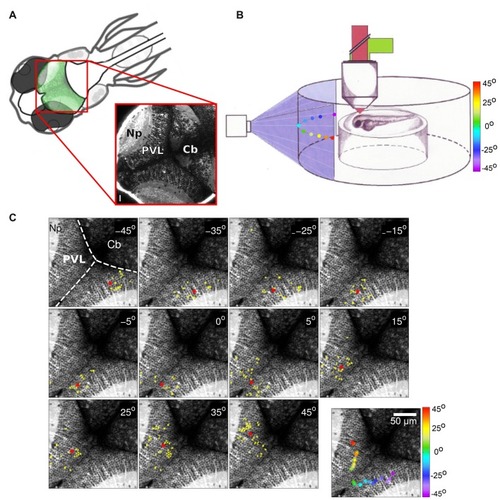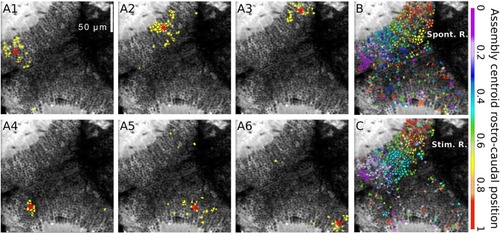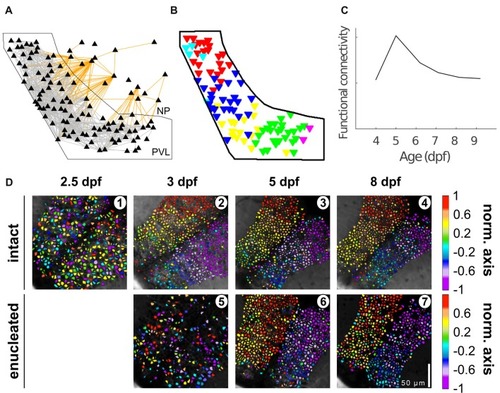- Title
-
Principles of Functional Circuit Connectivity: Insights From Spontaneous Activity in the Zebrafish Optic Tectum
- Authors
- Marachlian, E., Avitan, L., Goodhill, G.J., Sumbre, G.
- Source
- Full text @ Front. Neural Circuits
|
|
|
Spontaneously emerging neuronal assemblies. |
|
Tectal functional connectivity and neuronal assembly characteristics change over development. |



